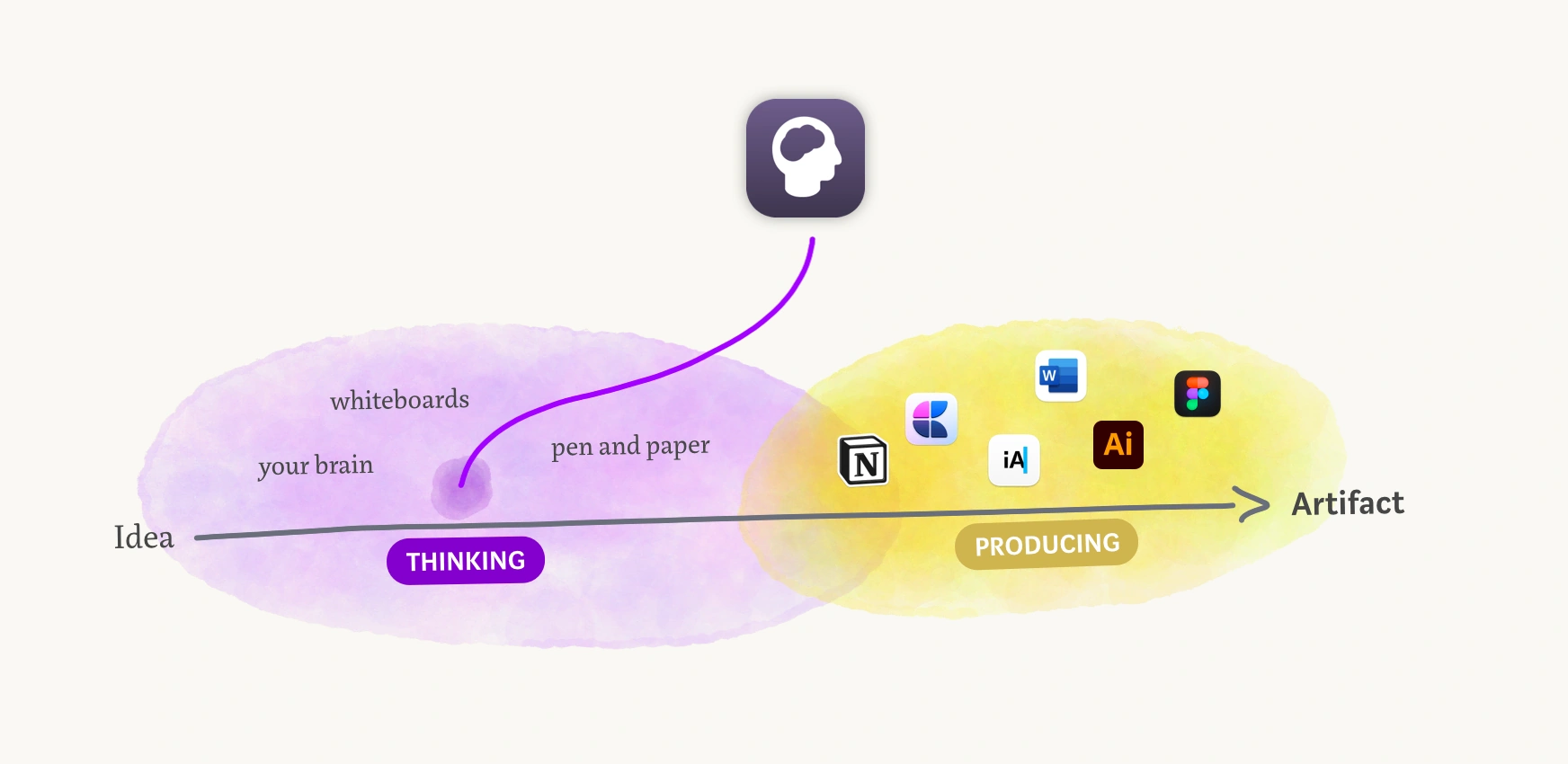I collected my reading notes and highlights from “Digital Zettelkasten: Principles, Methods, & Examples” by David Kadavy.
daunting projects to compete with little dopamine hits
How can I increase the dopamine hit of completing a project?
When you have a digital Zettelkasten, there’s a third option: do small things with small notes, straight from your phone.
When we have a small amount of time, we can do small things with our notes, even on our phone.
A lot of small steps can take us very far.
Yet instead of these tiny actions adding up to essentially nothing, they feed your curiosity in a productive way and drive your projects forward.
GTD takes us closer to our goals with small steps.
We have to set up small next actions when we are tired, so we can do a lot of small things which gives us some form of baseline success.
Instead of using my brain power to try to remember things, I’m using it to write better articles, newsletters, and books. I finally found a bicycle for my mind.
We have to use the brain for doing creative stuff, not remembering things.
Yes, we should rethink educational curricula centered around memorization, but looking things up is at some point a waste of working memory. That’s brain power that could be used to think creatively, rather than to try to grasp a bunch of facts just retrieved.
Instead of looking up information that we have to understand, we can use the energy of the brain for creative things.
Sometimes ignorance is more comfortable than learning, because learning means we have to go through the work of changing.
Learning is harder than ignoring facts.
It’s not so easy it’s boring, and it’s not so hard it’s a slog.
We can create new permanent notes with Craft inline of another note, which can be extracted out into a new note.
Some examples of fleeting notes, from my own Zettelkasten:
Uses of fleeting notes:
- highlights from books
- highlights from articles, blog posts
- our ideas
Yes, Henry Ford’s assembly line went quickly by eliminating waste, but the cars had to be designed first – a process that wasn’t so easy to speed up.
It’s easier to automate a system than invent it. That’s a long and hard process.
As you read, make fleeting notes.
…
Once you’ve exported your highlights, review them and highlight, once again, the parts of those highlights that are the most interesting.
…
Look at the highlights of your highlights and re-write the interesting ones in your own words.
I’m taking notes as I read, I don’t rewrite them afterward.
Associative thinking promotes a positive mood, so it shouldn’t be a surprise how fun this task is.
It feels good when we find a connection between two Zettelkasten notes.
Now take only the most interesting ideas from the literature notes, and turn each into individual permanent notes.
…
Next, I have a link back to the literature note from which I wrote this permanent note. That looks like this:
We can link permanent notes from literature notes, so we can see in backlinks where it’s coming from.
If you try this process and it feels boring to you, it may be because the material you’re reviewing doesn’t feel relevant, doesn’t interest you
It is a warning sign if we are bored while writing our Zettelkasten. It means that we don’t care about the topic, or we know it well already.
The main con of Folgezettel is it’s unnecessary in a digital Zettelkasten. Folgezettel is most advantageous in a paper-based Zettelkasten, because it allows you to easily arrange paper based upon how a sequence of notes follow one another.
Having a series of notes (or outline of notes) can be helpful in a digital Zettelkasten too because we are forced to stop and think about where a new note should fit in the outline.
create keywords based upon patterns you see, which inform theories you’re working on.
Having an index is the same as having “Table of Contents” notes.

